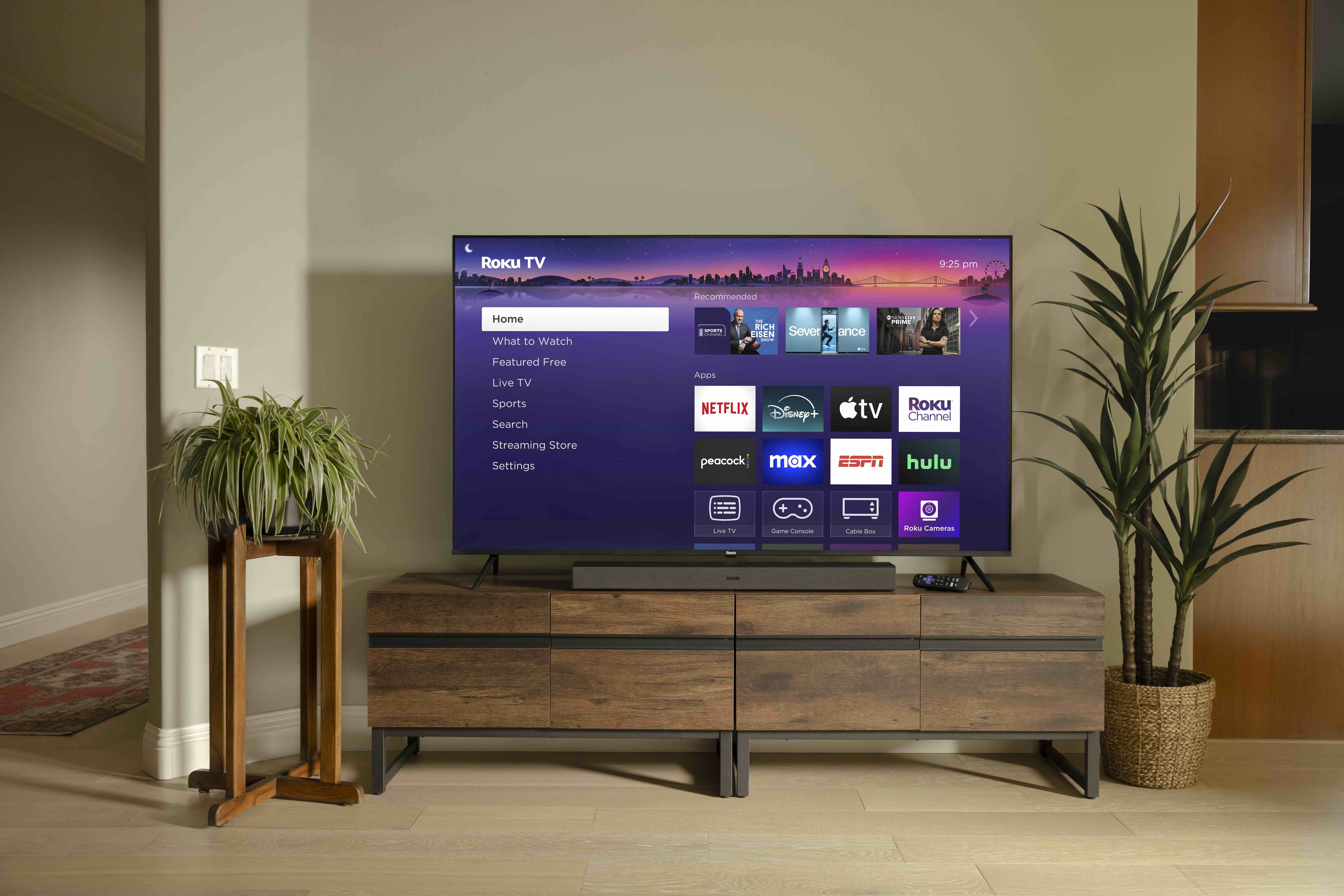NAB Blasts EchoStar Comments in SHVERA Proceeding
The NAB argued against comments that EchoStar filed proposing a much higher standard for reception of local DTV stations under the Satellite Home Viewer Extension and Reauthorization Act (SHVERA) than is currently used by the FCC for determining DTV coverage. NAB also criticized EchoStar's motives for the much stricter coverage criteria for local DTV broadcasters.
In its reply comments, the NAB noted that while DirecTV plans to deliver as many as 1,500 local digital signals by satellite, "EchoStar, by contrast, has to date announced few plans for offering digital local-to-local service." NAB continues, "Rather, EchoStar appears to be intent on, wherever possible, using national digital feeds (from New York and Los Angeles) as a low-cost substitute for local-to-local service." NAB argued, "EchoStar's technical arguments are self-serving--and wrong."
NAB listed three examples how EchoStar proposed a double standard for satellite reception and local DTV reception:
- "EchoStar proposes to treat households as 'unserved' over the air unless they can receive local TV stations with an indoor antenna--even though DBS would be doomed if it were forced to rely on indoor antennas;
- "EchoStar insists that if outdoor antennas are used to test over-the-air signals, they will be pointed in the wrong direction--even though mispointing would likewise be fatal for DBS;
- "EchoStar asks the Commission to impose extraordinarily high performance standards on broadcasters--even though DBS service is subject to 'rain fade' and is unavailable if anything at all (whether a house or a tree branch) blocks a satellite dish's direct line of sight to the satellite."
EchoStar reports--according to NAB--that DTV broadcasters should be subject to a 99 percent time variability (F 50, 99) rather than the 90 percent (F 50, 90) specified in FCC rules for DTV coverage or the FCC should "vastly increase the minimum field strengths required for a location to be 'served.' Such a requirement, NAB asserts, would require broadcasters "commit gross violations of the Commission's limits on effective radiated power for digital signals."
Many of the NAB reply arguments refute engineering supplied by Hammett and Edison (H&E) to support EchoStar's assertions. In its Reply Engineering Statement Concerning Measurement and Prediction of Digital Television Reception Meintel, Sgrignoli and Wallace (MSW) address H&E's comments. The Reply Engineering Statement offers a wealth of information about the current state of DTV receiver performance, DTV propagation and reception that is difficult to summarize in a few words. MSW agreed with H&E on the problems with indoor reception, but note that this is consistent with the FCC's statement that households are expected to make the same effort to receive DTV broadcast stations as was needed for NTSC analog TV--which would include the use of outdoor antennas.
In their arguments, EchoStar and H&E point to the inadequacy of the current FCC DTV service criteria to determine real-world coverage and tend look at a worst-case scenario. NAB and MSW rely on their experience with DTV receiver and field testing to show that, with a few exceptions, real-world reception isn't that difficult. NAB and MSW note that use of a mast-mounted low-noise amplifier, a more directional outdoor antenna that is readily available and a fifth generation DTV receiver can provide reception in situations where the FCC/ATSC planning factors would predict no reception. They reiterate that the FCC should require viewers to exert the same effort to receive a DTV signal under SHVERA "as they have done in the past with analog TV (including use of a rotor, when needed)."
This issue is important to local TV broadcasters. To better understand the arguments, take time to download the reply comments and reply engineering statement review them. All comments filed in the Notice of Inquiry can be viewed using the FCC's Electronic Comment Filing System (ECFS) using Search for Filed Comments. Enter 05-182 in box 1, "Proceeding" and click "Retrieve Document List." I'll have more complete coverage of the arguments on both sides in a future RF Technology column in TV Technology.
Get the TV Tech Newsletter
The professional video industry's #1 source for news, trends and product and tech information. Sign up below.
